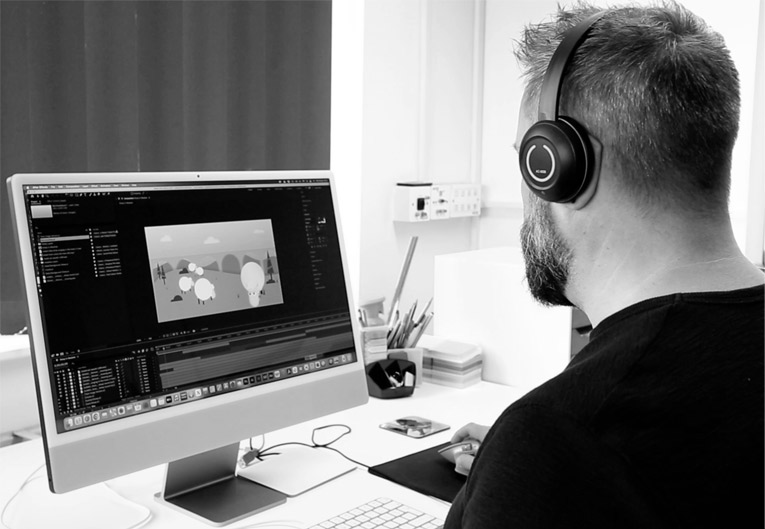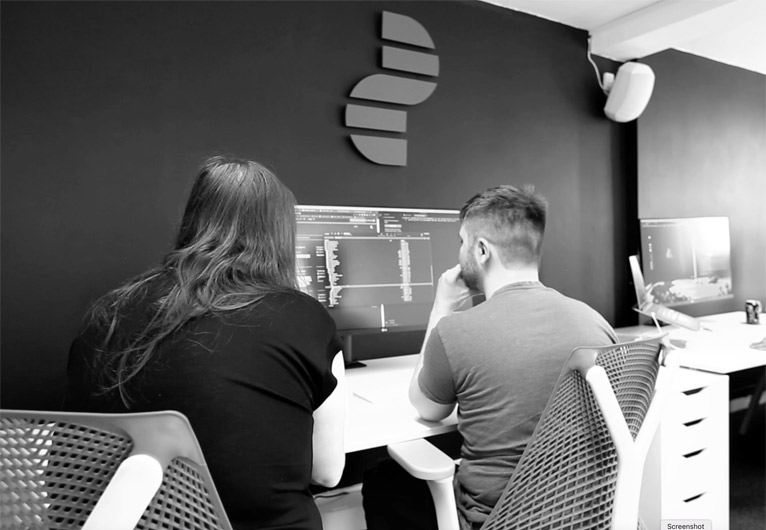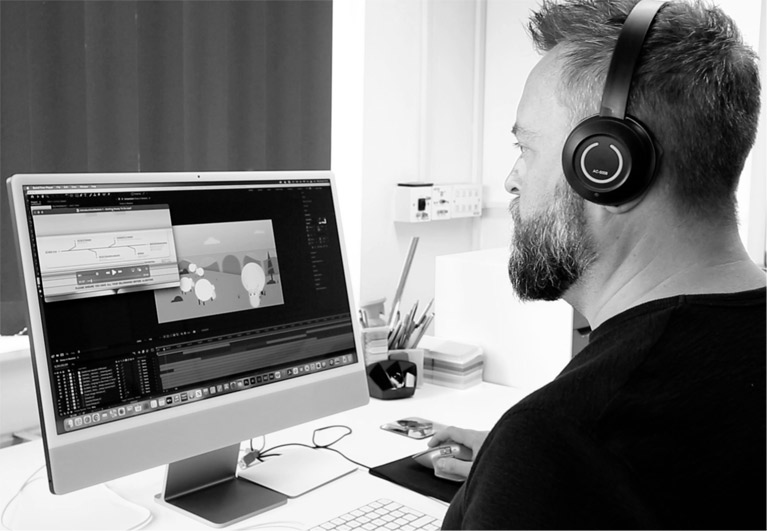T: 0113 850 0164

Web Design Agency
Leeds
As one of the premier web design agencies in Leeds, we aim to maintain a certain level of professional competence, conduct and service, as well as adhere to best practices that our team of developers in Leeds abide by.
Our foundations in web design
Digital Energy is a web development, design and SEO agency based in Morley, just south of Leeds. We began our operations in December 2014 as Proactive Code, where we specialised in web development, and have rapidly grown to become one of the leading as well as most affordable web design agencies operating within the Leeds metropolitan area. In 2021, we expanded our team to include a design department, led by the fantastic Mark Crow.
While we are based just south of the city, we refer to ourselves as a Leeds-based web design agency, as most of the clients that we currently cater to are businesses operating within the city centre.
Since our conception as an SEO agency, we’ve worked with some of the region’s fastest growing and most exciting new brands, as well as some established older businesses. If you’re looking for SEO services, then you’ve come to the right place.


More about web design
While web design may seem like it’s done simply for cosmetic purposes and UX considerations, it has many important functions that extend far beyond this. For instance, web design can both directly and indirectly impact the organic ranking of your website in Google. It can directly impact the site by affecting bounce rates (i.e., how long someone stays on your site), and can indirectly impact the site in many ways.
We are an affordable web design agency in Leeds
Every website and client is unique, and we factor in these considerations when designing a site. Some clients come to us with a fairly clear vision of what they want their site to look like, or at least, have in mind several design and functional elements that they would like incorporated into their site; while other clients are far less clear about what they would like, or would rather work with a professional web designer or design team to develop their vision.
Regardless of the situation however, we’ll always try and remain affordable and pride ourselves on creating valuable design with affordability at the heart of our considerations.

Our core web design best practices
We work with you regardless of where you are in the design process to create a product that you’re not only proud of, but also optimises for functional considerations like UX (User Experience) and conversion rates.
Most web design agencies in Leeds, are blindsided by the fact that they are only a design agency – this often limits their ability to realistically factor in other considerations or elements and can often lead to the practice of designing attractive yet abstract websites that fail to drive real-world results by enhancing your business image, promoting growth and driving traffic and sales to your business…kind of reminds us of the story of the Sinclair C5.
Fortunately, our web designers stand to benefit from the fact that our agency includes SEO and web development branches, so we can often liaise with our other teams in order to ensure that a web design satisfies functional considerations.
Our core web design factors & considerations
- Usability – if you don’t take usability into account, you could end up with a very pretty site that is hard to navigate around. Users can get frustrated by this, and end up leaving, so we make this factor a top priority of ours.
- Aesthetics – this is where the ‘design’ element typically comes in – an ugly functional site is barely better than an attractive (but non-functional one). It’s important that our design engages and inspires users who click through and make them want to stay around.
- Speed – page speed is an incredibly important consideration, both for SEO, and in terms of user experience. A responsive web design that cuts down on bloat and keeps page load time below 2-3 seconds is vital.
- Mobile friendliness – a web design for smaller screens and viewports is different from one for desktops, and any web designer needs to create 2-3 separate designs for every website, to ensure that the site is mobile-friendly on smaller devices. For instance, it’s common practice to employ hamburger menus on mobiles.
10-step web design process
- Gather requirements – in this step, our aim is in identifying the size and scope of the design project and checking whether the client has the funds necessary for the project scale, and whether they’re realistic about the timeframe. This is also where we ensure that technical components are in place, such as:
- Proposal – the proposal is a formal response to the first step, outlining items such as the timescale, requirements from the client, expectations, and pricing, among other things.
- Navigation summary – this is the stage where we start designing the site structure or site tree, also known as the navigational layout - i.e., where web pages are placed - and often includes the input of our SEO team.
- Wireframe – in this stage, we use software like Adobe XD to create a fully formed blueprint or image of the site before we hand it over to our developers to deploy on the website itself. This is one of the most important steps and can save a lot of time and money in the long run.
- Content collection – the content collection stage entails working with the client to gather copy, testimonials, image, videos and all other forms of content and media that need to be placed on the site. This is the midway stage of the project.
- Development – this is where we pass the design onto our developer team for them to build the site, which contains HTML, CSS, and JavaScript code.
- Prototype submission – after we’ve ensured that everything is functioning in the way it’s supposed to on the backend, we will send you a link to a staging site (also known as a prototype) before we push it to the live site. This site looks and behaves exactly as the live site would, and it’s important during this stage that the client brings up any major objections or considerations before the site gets published.
- Launch – this is where we’re ready to launch. This is also the step where clients should start thinking about SEO considerations going forward and potentially about employing professional SEO services to improve traffic to their site. This step may involve:
Our design packages
We’re fairly flexible with regards to the type of design requirements you need. For more information, please get in touch with us.


No, our design department can design from digital to print, whether it’s a leaflet or poster campaign, full web site redesign or a business brand realisation. We have it all your design needs covered.
Very! It can affect your business performance. A well-designed engaging website will help keep your users on-site and increase your customer loyalty, sales and the customer experience therefore, creating a positive experience with your brand. Everything around us, from what we see on TV to out on the street on billboards, business cards etc, have involved a designer at some stage in their production.
Yes of course! The designer will initially gather information from you at the start to form their brief, our process of research allows us to gather as much information about your target demographic and allows us to create a ‘persona’. Every good design is aimed at a key persona from your demographic, this keeps the design relevant and communicates your brand to the right people in the right way. The designer will present initial concepts at this stage and explain, this is the time for further discussion around the design and the direction it is going. Throughout the process the designer will send you pages/pieces of design for you to approve and sign off… so you are always in the loop.
Yes, the designer will send you links that allow you to view the design as you would as a fully formed website, it is a prototype so it isn’t as advanced as a finalised built website but, you will get a feel for how your users would interact. You can add comments to the design for changes etc and to sign off, then the designer will act on these and update you as they go.